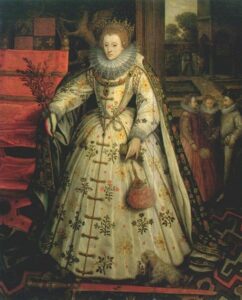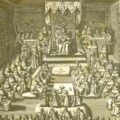
I have already added some of her speeches, poems and letters to the Elizabeth Files. When you read these poems, you will see that Elizabeth was not just an iconic monarch, she was also a talented writer and should be remembered as such.
Click on these links to read poems that are attributed to her:-
- The Doubt of Future Foes
- On Monsieur’s Departure
- Written in her French Psalter
- Written with a diamond on her window at Woodstock
- In Defiance of Fortune
- Woodstock Verses
Elizabeth I’s most famous speeches are:-
- The Tilbury Speech
- The Golden Speech
- 1559 Parliament Speech – Regarding marriage
- 1563 Parliament Speech – Regarding marriage and the succession
- 1566 Parliamentary “Dressing down” regarding marriage
- 1583 Speech on Religion
- Response given in Latin to the Polish Ambassador
Elizabeth I’s most famous letters can be found on our Letters of Elizabeth I page.
As you can see, Elizabeth I had a way with words!
You can find more of Elizabeth I’s literary works on the Luminarium website and in the book “Elizabeth I: Collected Works”. (Click on the link for US information or click here for UK).










